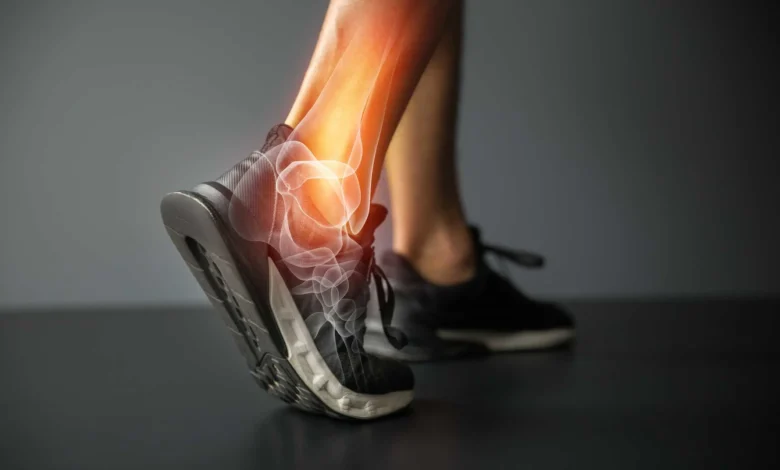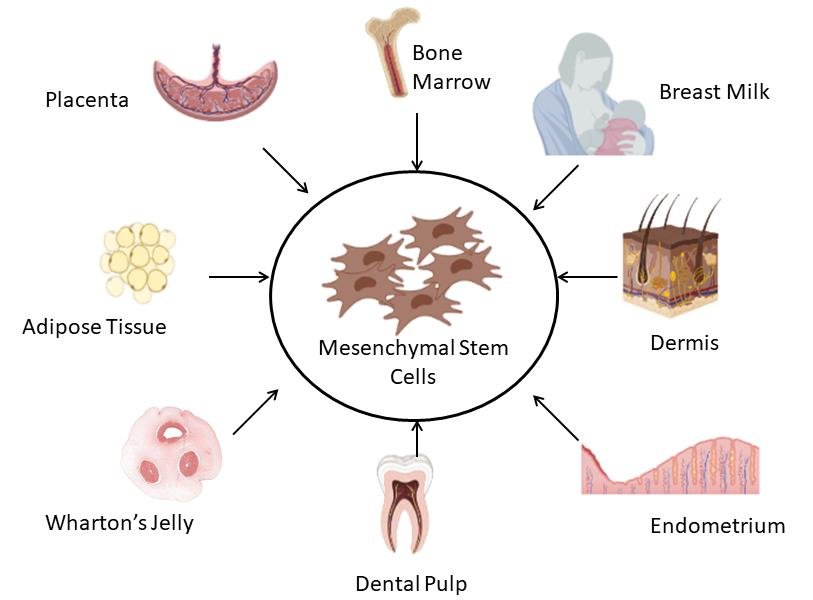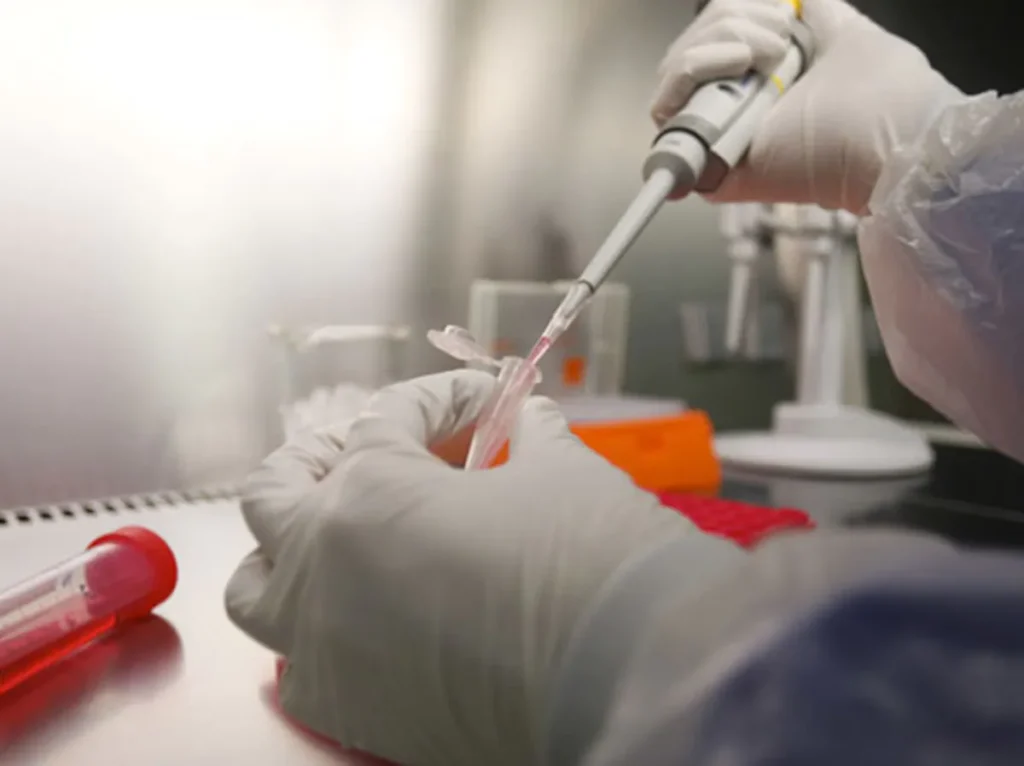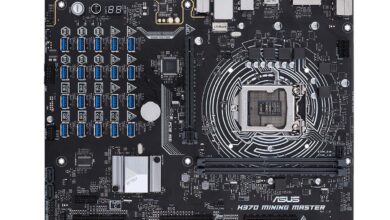
If you’re dealing with joint pain, you’re not alone. According to the Arthritis Foundation, over 50 million adults in the United States are affected by arthritis. While many treatments are available for joint pain, such as medication and surgery, some people are turning to stem cell therapies.
One of the most popular forms of stem cell therapy is platelet rich plasma injections (PRP). We will discuss stem cell therapies like platelet rich plasma injections for joint pain. We will also look at some of the research that has been conducted on this topic. Stay tuned for more information on getting started with stem cell therapy!
What is Platelet Rich Plasma?

Platelet rich plasma (PRP) is a concentration of platelets and growth factors derived from your blood. PRP injections have been used for many years to help speed up the healing process for various injuries. Injections of PRP into joints can help to reduce pain and improve function.
How Does It Work?
When injected into a joint, the platelets and growth factors in PRP can help to reduce inflammation and promote the healing of damaged tissue. The growth factors in PRP can also stimulate the production of new collagen, which can help to repair damage to cartilage and other tissues in the joint.
Is There Research to Support Its Use?
Yes, there is a growing body of research to support PRP injections for joint pain. A 2019 study published in the Journal of Orthopaedic Research found that PRP injections were associated with significant improvements in pain and function in patients with knee osteoarthritis.
Another study published in 2016 found that PRP injections improve symptoms and decreased disability in patients with hip osteoarthritis. Another example of stem cell therapy used to heal joint pain is autologous chondrocyte implantation (ACI).
What is autologous chondrocyte implantation (ACI)

Autologous chondrocyte implantation (ACI) is a type of cell therapy that uses cartilage cells to repair damage to the cartilage in your joints. ACI is usually performed by taking a small biopsy of healthy cartilage from another area of your body. The cartilage cells are then cultured in a laboratory and injected into the damaged area of your joint.
How Does It Work?
The healthy cartilage cells injected into your joint’s damaged area can help repair the damage and improve joint function. In some cases, a second injection may be required for further repair.
Is There Research to Support Its Use?
Yes, there is research to support the use of ACI to repair damage to the cartilage in joints. A 2006 study published in the Journal of Bone and Joint Surgery found that ACI was associated with significant improvements in pain and function in patients with knee cartilage damage.
Another study published in 2009 found that ACI improved symptoms and decreased disability in patients with hip cartilage damage. One more example is the use of mesenchymal stem cells (MSCs).
What are mesenchymal stem cells (MSCs)?

Mesenchymal stem cells (MSCs) are a type of adult stem cell that can be found in various tissues throughout the body, including the bone marrow, adipose tissue, and umbilical cord.
MSCs can differentiate into multiple cell types, including osteoblasts (bone cells), chondrocytes (cartilage cells), and adipocytes (fat cells). Additionally, MSCs can secrete various growth factors and cytokines that promote tissue regeneration. MSCs can be used to repair damage to cartilage and other tissues in the body.
How Does It Work?
When injected into a joint, the MSCs can help reduce inflammation and promote the healing of damaged tissue. The MSCs can also stimulate the production of new collagen, which can help to repair damage to cartilage and other tissues in the joint.
Is There Research to Support Its Use?
Yes, there is research to support the use of MSCs to treat joint pain. A 2017 study published in Stem Cell Research & Therapy found that MSC injections were associated with significant improvements in pain and function in patients with knee osteoarthritis. Another study published in 2019 found that MSC injections improve symptoms and decreased disability in patients with hip osteoarthritis. Allogeneic stem cells are also used to heal joint problems.
What are Allogeneic stem cells?

Allogeneic stem cells are a type of adult stem cell that another person can donate. Allogeneic stem cells can be used to repair damage to cartilage and other tissues in the body.
How Does It Work?
When injected into a joint, the allogeneic stem cells can help reduce inflammation and promote the healing of damaged tissue. The allogeneic stem cells can also stimulate the production of new collagen, which can help to repair damage to cartilage and other tissues in the joint.
Is There Research to Support Its Use?
Yes, there is research to support the use of allogeneic stem cells to treat joint pain. A 2017 study published in Stem Cell Research & Therapy found that allogeneic stem cell injections were associated with significant improvements in pain and function in patients with knee osteoarthritis. Another study published in 2019 found that allogeneic stem cell injections improve symptoms and decreased disability in patients with hip osteoarthritis.
Finally, embryonic stem cells can also be used to heal joint problems.
What Are embryonic stem cells?

Embryonic stem cells are undifferentiated cells that can develop into any cell in the human body. They are derived from embryos that are three to five days old, and they have the potential to become any tissue or organ. Embryonic stem cells can be used to repair damage to cartilage and other tissues in the body.
How Does It Work?
When injected into a joint, the embryonic stem cells can help reduce inflammation and promote the healing of damaged tissue. The embryonic stem cells can also stimulate the production of new collagen, which can help to repair damage to cartilage and other tissues in the joint.
Is There Research to Support Its Use?
Yes, there is research to support the use of embryonic stem cells to treat joint pain. A 2017 study published in Stem Cell Research & Therapy found that embryonic stem cell injections were associated with significant improvements in pain and function in patients with knee osteoarthritis. Another study published in 2019 found that embryonic stem cell injections improve symptoms and decreased disability in patients with hip osteoarthritis.
While many different types of stem cell therapies can treat joint pain, the most common is platelet rich plasma (PRP) injections and bone marrow aspirate concentrate (BMAC) injections.
If you’re considering stem cell therapy for your joint pain, consult with a qualified healthcare provider to discuss whether it’s right for you. Platelet rich plasma injections are just one type of stem cell therapy that may benefit joint pain. To learn more about other types of stem cell therapies, check out our blog post. Stay tuned for more information on stem cell therapies and other treatments for joint pain!




